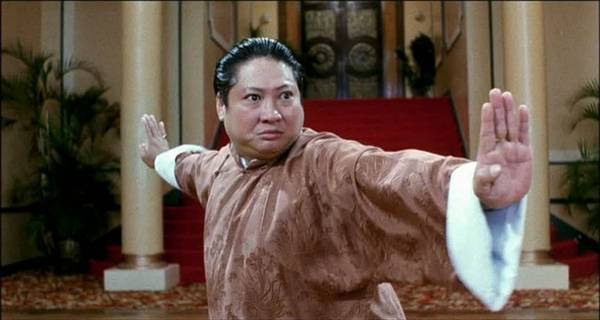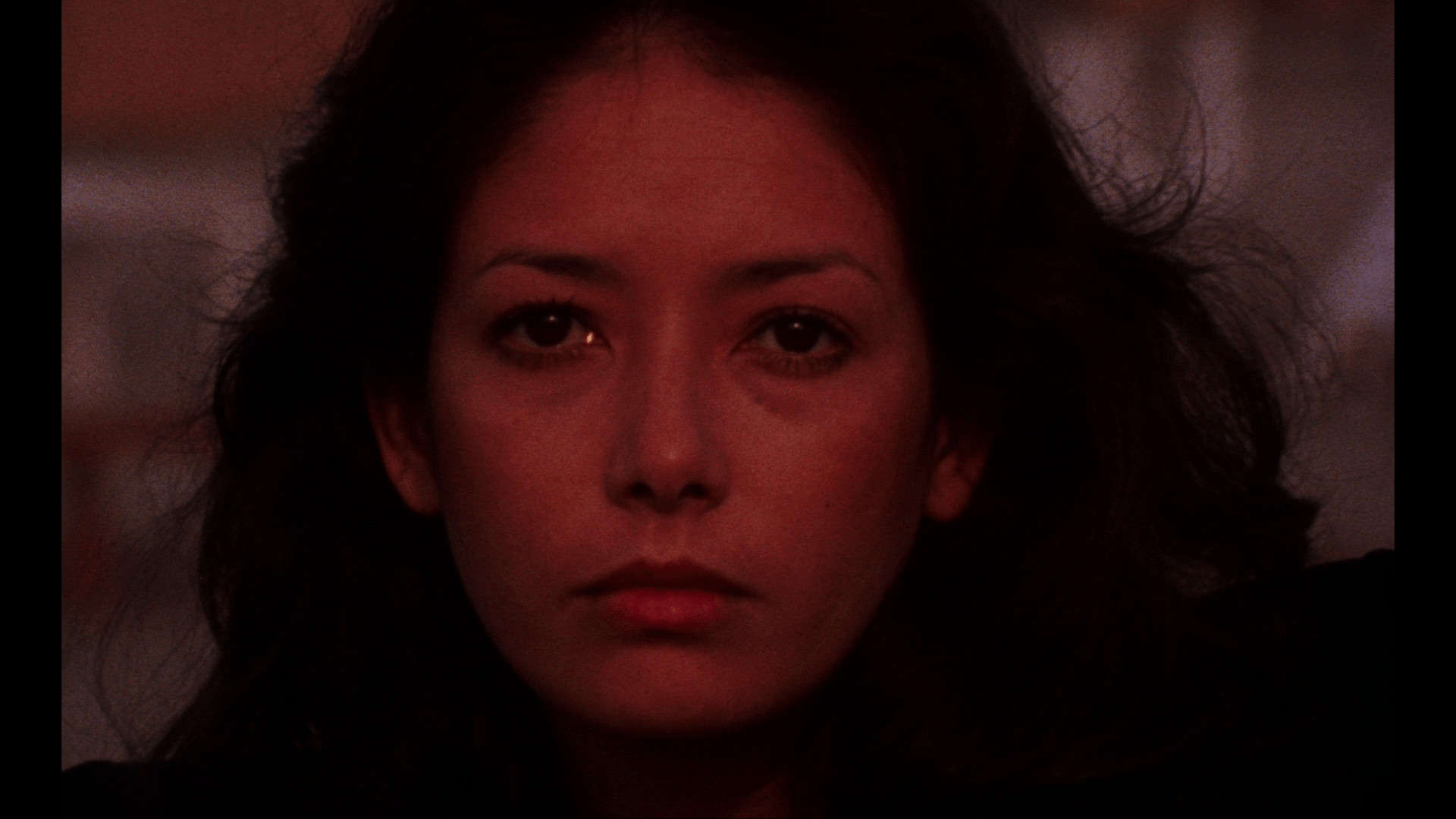“Dukun”, the directorial debut of Dain Said, finally reached mass audience after an online leak in 2018. Responding to the release, Dain Said took a subtle but witty approach by saying the film was like an ex-girlfriend he already moved on. After all, no one knows why Astro Shaw (the production company) shelved it for 12 years.
“Dukun” is streaming on MUBI Malaysia
Initially written in English by Huzir Sulaiman, it became the screenplay we know today with help from Dain Said and Fariza Azlina Isahak. The writing credits are rounded-up by Al Jafree Md Yusof who translated it into Malay. “Dukun” won four awards out of eleven nominations in the 30th Malaysian Film Festival in 2019.
This particular review will employ a literary theory introduced by Roland Barthes in “S/Z”. It is a network of codes that Barthes developed as a method of reading Honoré de Balzac's “Sarrasine”. There are five codes in S/Z: hermeneutic (HER), proairetic (PRO), semic (SEM), symbolic (SYM), and cultural (REF).
HER are about the mysteries of the narrative. PRO are the actions, your basic A to B to C. Both HER and PRO are the trunk of a text that we can read outwardly.
SEM refers to how a word or thing connotes in association to the character or story, beyond the literal meaning. Like the gold watch in Tarantino's “Pulp Fiction”. It is a significant family heirloom connoting hidden strength of character and resilience to the seemingly apathetic Butch.
SYM is related to SEM but more towards the contrasting binaries revolving around the central meaning of a story. The conflicts of male/female, rich/poor, beauty/grotesque, black/white, majority/minority, rational/hysterical.
REF is when the text (and the reading of) refers to an already established body of works. Either from the real or fictional world. In court procedurals, this will be the legal jargons and so on. Everyone knows the real inspiration for Charles Foster Kane from “Citizen Kane”; this is also REF. Being genre-savvy is also a REF.
SEM, SYM, and REF codes interlink with one another to create the in-depth, critical reading of a text.
HER & PRO
The HER of “Dukun” is quite clear from the start. Will Karim Osman (played by Faizal Hussein) reunite with his daughter, Nadia (played by Elyana)? Is the mysticism of Diana Dahlan (played by Umie Aida) real or mass magical thinking at work? What is the hidden connection between Karim and Diana? Will ASP Talib (played by Nam Ron) and Detective Shah (played by Bront Palarae) able to solve the murder riddle? These questions are what keeps the PRO afloat. It keeps the intrigue going.
PRO is recounting the plot. To find his missing daughter, Karim procured the services of a private detective. He found out she was in a raid, thus leading him to the police station for information. The police, exchanging favours, requested him to take on the Diana case. Diana promised him that she could find his daughter. Karim who's desperate, helped Diana without knowing her true intentions. He finally finds out the truth about his wife's and daughter's link to Diana.
SEM
SEM codes in film analysis are fun due to the visual aspect of this medium. For example, one might read into the colours of Diana's outfit. She's always wearing white during rituals and with hints of dark red (either outfit, lipstick, or even nail polish) during her performative scenes. So, when she's wearing white in conversation with Karim, speaking about his daughter before the third court scene, it is telling us something.
The colours white and red also goes deeper when considering how central the idea of ‘birth' is in the film. The pure and impure. Blood and milk.
SYM
The primary dichotomy is the masculine/feminine conflict. It is central to the relationships of Dato' Jeffri/Diana, Karim/Diana, Karim/Nadia, the male in power/female shamans, rational/mystical, order/chaos. The conflicts between soft power held by women and hard power held by men in a traditional Asian society.
Pay attention to the people in the traditional sense of power. The businessman, military, police officers, lawyers, judge, hangmen, correctional officers—even women ones, are SEM coded in a very masculine way.
Also, the quite phallic ‘Batak staff'. The staff is only at full power when a man uses it but solely passed down among female shamans. It is talking about birth, the other dichotomy looming within the film. The death/birth conflict.

Now, never interpret the literary literally. We're in the realms of metaphor.
The male idea of immortality lies in having overt control—the fear of death, the fear of being succeeded. Dato' Jeffri represents this. Men can have all the power in the world but will quickly fall due to hubris. From Greek tragedies to Shakespeare to contemporary storytelling, it tells the same thing.
The female idea of immortality is succession, in giving birth. Diana represents this where her rebirth in-text is the birth of a new shaman. It is not about her jumping bodies like Orochimaru from “Naruto”. It is about passing on generational knowledge. Her being unafraid of death is not due to knowing she'll live but in knowing her legacy is secured.
REF
Here's the fun part. Astro Shaw's insistence that the movie is not about the gruesome Mona Fandey case is futile but understandable to avoid legal issues. The characterisation of Diana is REF coded to the brim. The similarities are superficial but enough. Diana being a singer-shaman to the murder case of a high-profiled person to the unnerving smiles and attention-loving during court sessions.
The other significant REF code is the legal-speak. Huzir Sulaiman is the son of legendary Malaysian lawyer power-couple, Haji Sulaiman Abdullah and Hajjah Mehrun Siraj. Both of them are not related to the murder case above. Still, it is no surprise he would be familiar to both legal jargons and actual court proceedings.
CONCLUSION
Is “Dukun” a feministic story about men's hubris and the importance of women in continuing cultural knowledge? One way to read it.
Is “Dukun” a neo-noirish court procedural with mystical elements betraying horror-fans amidst misleading marketing? It can be that too.
In the end, an interpretation of the movie is as to how one reads it, and this review offers one of them.
















